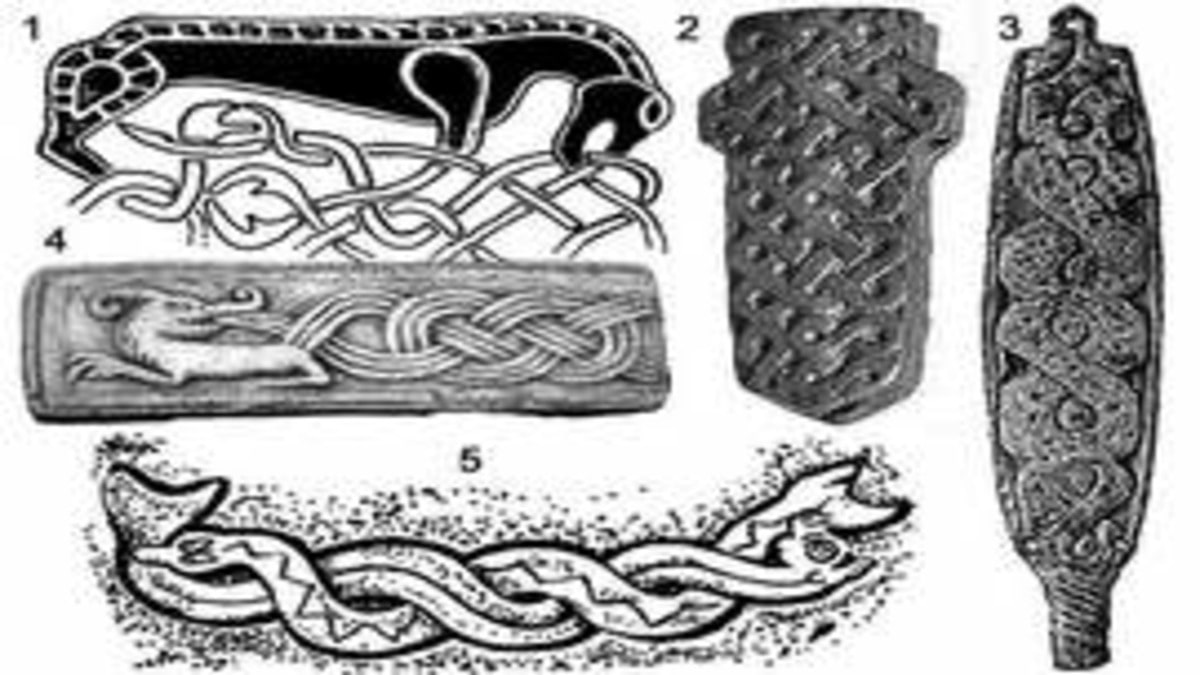 On January 13, 1990, the Kremlin provoked pogroms against Armenians in Baku. Directly before the eyes of the USSR Armed Forces, the State Security Committee, and the Interior Ministry bodies in the capital of Soviet Azerbaijan, hundreds of Armenians would be killed during the next seven days, and tens of thousands would see the horror of the massacre.
On January 13, 1990, the Kremlin provoked pogroms against Armenians in Baku. Directly before the eyes of the USSR Armed Forces, the State Security Committee, and the Interior Ministry bodies in the capital of Soviet Azerbaijan, hundreds of Armenians would be killed during the next seven days, and tens of thousands would see the horror of the massacre.
While Armenians were being killed, the Kremlin kept silent and watched the situation indifferently.
On January 19, the mob of murderers and rioters became uncontrollable, turned anti-Soviet and anti-Russian, and made the first calls for the independence of Azerbaijan. They organized armed attacks against Soviet military units, and several fortifications were destroyed along the Iranian-Azerbaijani border.
Moscow, using the pogroms of Armenians as a pretext, deployed their airborne division under the command of Alexander Lebed in Baku to defeat the Popular Front Party of Azerbaijan and prevent it from seizing power.
The actions of the military were coordinated by the Minister of Defense of the USSR Dmitry Yazov. A few days later, he confessed that the Soviet troops had been brought into Baku to prevent the coming of the Popular Front Party to power.
The events of January 1990 were the third massacre of Armenians in Baku (1905, 1918, 1990). After the third pogrom, all Armenians would leave Baku where they had lived for the past decades.



